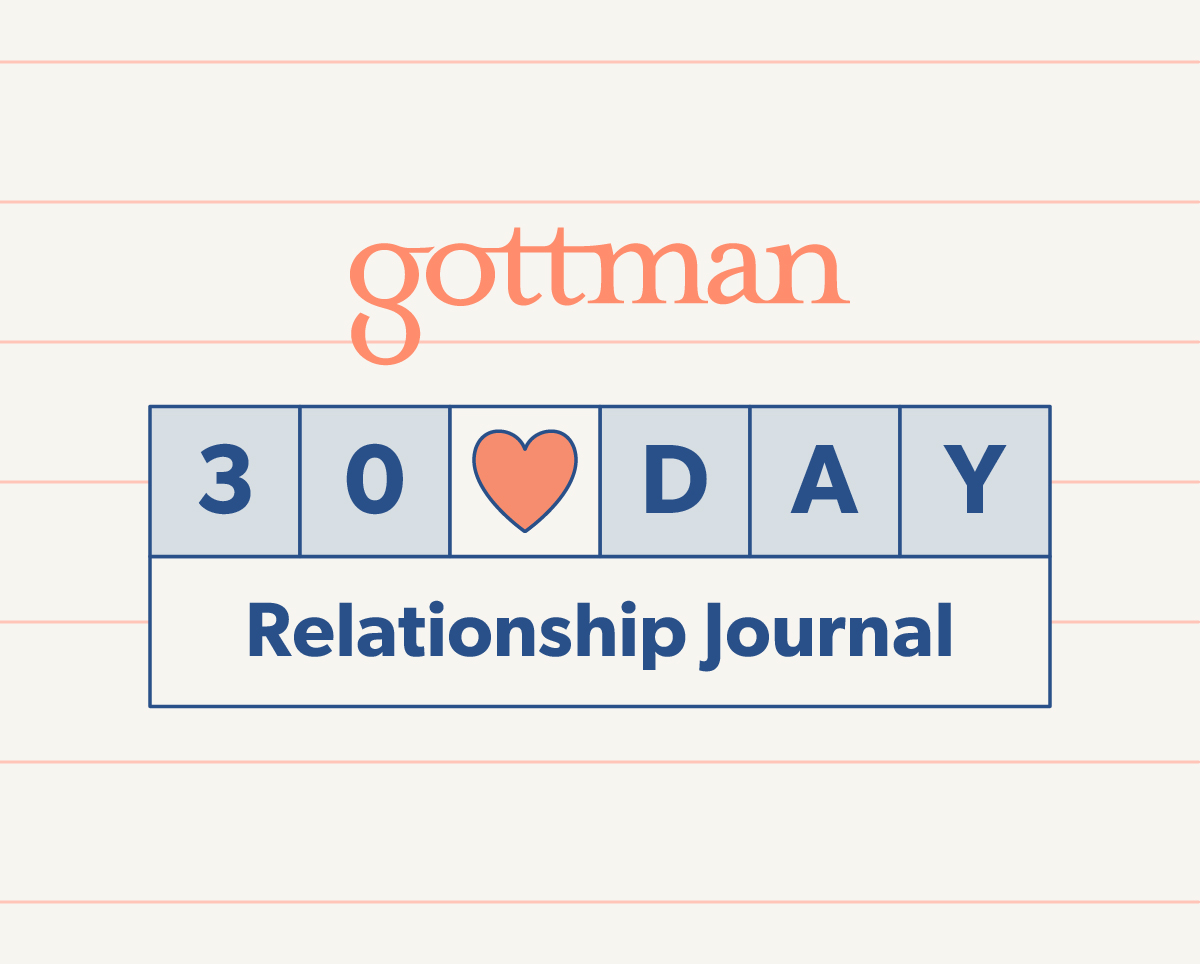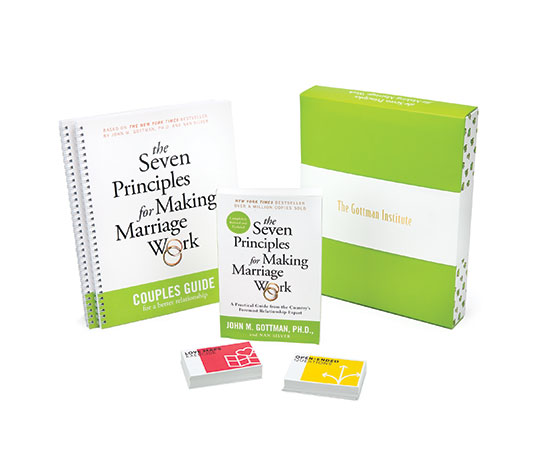Red Flags vs Growth Areas: Recognizing the difference and actions to take
When something feels off in your relationship, how do you know if it’s a dealbreaker or simply an area where you both can grow?
The person you are dating cancels your dinner plans again because ‘something came up at work’. Is this a red flag or is the person ambitious and needs to learn better communication skills?
If you’re in a serious relationship or considering taking yours to the next level, learning to distinguish between genuine red flags and areas for growth isn’t just helpful—it’s essential. Successful relationships aren’t built by people without flaws, but by partners who know which issues to work through together and which ones signal deeper incompatibility.
Let’s explore how to tell them apart and what to do with each.
Understanding Red Flags vs Growth Areas
What Exactly Are Red Flags?
Red flags are persistent patterns of behavior that indicate fundamental incompatibilities, unwillingness to change, or potential harm to your wellbeing. Think of them as your relationship’s early warning system—designed to protect you from investing in something that can’t flourish.
True red flags share these characteristics:
- They’re consistent patterns, not isolated incidents
- They involve unwillingness to acknowledge the impact on you
- They often escalate rather than improve over time
- They make you feel unsafe, disrespected, or consistently anxious
EXAMPLE: A couple has an argument followed by partner A engaging in the silent treatment for the next day. When it has ended and partner B tries to discuss it, partner A refuses to talk about dismissing any concerns as ‘you’re too sensitive’. This dynamic is a sign of emotional manipulation and the unwillingness to take responsibility is indicative of poor conflict management skills. This would fall under the category of ‘red flag’.
Defining Growth Areas Clearly
Growth areas, on the other hand, are behaviors or patterns that can improve with awareness, effort, and sometimes professional guidance. These represent opportunities for both individual and relationship development.
Growth areas typically include:
- Skills that can be learned (like active listening or conflict resolution)
- Habits that can be changed with commitment
- Communication patterns that improve with practice
- Areas where someone shows genuine willingness to work
EXAMPLE: One partner frequently interrupts the other during conversations leaving one person feeling unheard. WHen this partner discusses the issue, the ‘interrupter’ expresses surprise and is apologetic. This signals a growth area since the partner was able to take responsibility for the behavior and displays a commitment to change.
Red Flags vs Growth Areas in Relationships
Common Relationship Red Flags
Gottman’s research identifies several relationship behaviors that predict divorce with over 90% accuracy. These “Four Horsemen“—criticism, contempt, defensiveness, and stonewalling—become red flags when they’re persistent and your partner shows no interest in changing them.
Contempt is particularly toxic. When someone consistently treats you with disgust, eye-rolling, name-calling, or mockery, they’re expressing fundamental disrespect. Lisa discovered this when her partner regularly called her “dramatic” for expressing emotions and would mimic her voice when she tried to discuss relationship issues.
Controlling behavior represents another serious red flag. It can be a sign of manipulation and emotional abuse. This might look like:
- Monitoring your activities, texts, or social media
- Isolating you from friends and family
- Making unilateral decisions about your shared life
- Using guilt, threats, or manipulation to get their way
Identifying Growth Opportunities Within Your Relationship
Not every challenging behavior indicates a fundamental problem. Some patterns represent genuine opportunities for growth when both partners are committed to improvement. Here are some examples of potential growth areas:
- Different conflict styles- People show up to relationships having developed conflict styles from their childhoods and lived experience. Having awareness about your own style and being able to talk to your partner about it is part of being in a healthy relationship.
- Emotional expression- Different kinds of emotional expression is a common difference between partners. Talking about these differences creates an opportunity for deeper connection.
- Learning relationship skills- Like so many other life skills relationships don’t come with instructions. There are so many resources and tools available now, and engaging in this learning together will improve your relationship health and well being.
How to Effectively Address Red Flags and Foster Growth
When to Walk Away: Addressing Serious Red Flags
Some behaviors are simply incompatible with healthy relationships, and recognizing this isn’t giving up—it’s self-preservation.
Trust your gut. If something consistently feels wrong, don’t rationalize it away.
Inability to take responsibility for mistakes, especially when they hurt you, signals someone who isn’t emotionally mature enough for a healthy partnership.
Look for patterns over time. One instance of poor behavior might be a bad day. But if you’re having the same conversation repeatedly without change, you’re likely dealing with a red flag.
Notice your own wellbeing. Are you walking on eggshells? Losing sleep? Feeling anxious about your partner’s reactions? These physical and emotional responses often signal that something fundamental isn’t working.
Set clear boundaries and observe how they’re received. If someone consistently violates your clearly stated boundaries, they’re showing you their priorities.
Sometimes walking away is the healthiest choice—for both of you. Healthy relationships require a commitment from both partners to be self aware, emotionally available and willing to grow.
Strategies to Nurture and Support Growth Areas
When you identify genuine growth areas, approach them with curiosity rather than criticism.
Use “I” statements to express your needs: “I feel disconnected when we don’t talk during dinner” rather than “You never talk to me.”
Focus on specific behaviors rather than character: “When you check your phone while I’m talking, I feel unimportant” instead of “You’re always distracted.”
Acknowledge progress, even small steps. Change takes time, and recognizing effort encourages continued growth.
Work on growth together. Maybe you both need to improve your listening skills or learn to argue more fairly. Growing together often strengthens relationships more than individual change.
Consider professional support. A skilled couples therapist can help you develop tools for healthy communication and conflict resolution.
Common Misconceptions About Red Flags and Growth Areas
Not Every Issue is a Red Flag
In our social media age, the term “red flag” gets thrown around for everything from leaving dishes in the sink to having different political views. This overuse can create anxiety and prevent us from working through normal relationship challenges.
Personality differences aren’t inherently red flags. One of you might be naturally more social while the other prefers intimate gatherings. These differences can actually complement each other when approached with understanding.
Different backgrounds and perspectives can enrich relationships rather than threaten them. The key is mutual respect and willingness to learn from each other.
Stress responses during difficult times might look concerning but don’t necessarily indicate character flaws. Someone going through job loss, family illness, or other major stressors might behave differently than usual without it being a red flag.
The Importance of Context and Personal Judgment
Consider the whole person and situation, not just isolated behaviors. Someone who seems emotionally unavailable might be grieving, dealing with depression, or processing trauma. While you shouldn’t ignore your needs, understanding context helps you respond appropriately.
Time matters. A pattern that’s been going on for months or years requires different consideration than behavior that started recently during a stressful period.
Willingness to work matters most. Someone who acknowledges their behavior’s impact on you and actively works to change demonstrates the foundation for growth.
Your values matter. What feels like a red flag to you might be acceptable to someone else, and that’s okay. Trust your own values and needs rather than external opinions about what you should or shouldn’t tolerate.
Anna learned this when her partner’s chronic lateness triggered anxiety from her childhood with an unreliable parent. While his time management was genuinely a growth area they needed to address, her strong reaction helped them both understand the deeper impact and motivated real change.
Building a Future Together
When you can accurately distinguish between red flags vs. growth areas, you’re equipped to make conscious choices about your relationship’s future. You’ll know when to invest energy in working through challenges together and when to protect yourself by walking away.
Remember that healthy relationships require two people committed to growth. If you’re the only one putting in effort to improve patterns that affect both of you, that itself might be the red flag you need to notice.
Your relationship doesn’t need to be perfect, but it should feel fundamentally safe, respectful, and growth-oriented. Trust yourself to know the difference between someone who’s learning to love you better and someone who simply isn’t capable of the partnership you deserve.
Every relationship has seasons. If you’re currently navigating challenges, take time to honestly assess whether you’re dealing with winter weather that will pass or fundamental climate incompatibility. Your heart—and your future—will thank you for the clarity.
What growth areas are you and your partner working on together? Sometimes the most beautiful relationships emerge from two people committed to becoming better partners for each other, one small change at a time.








